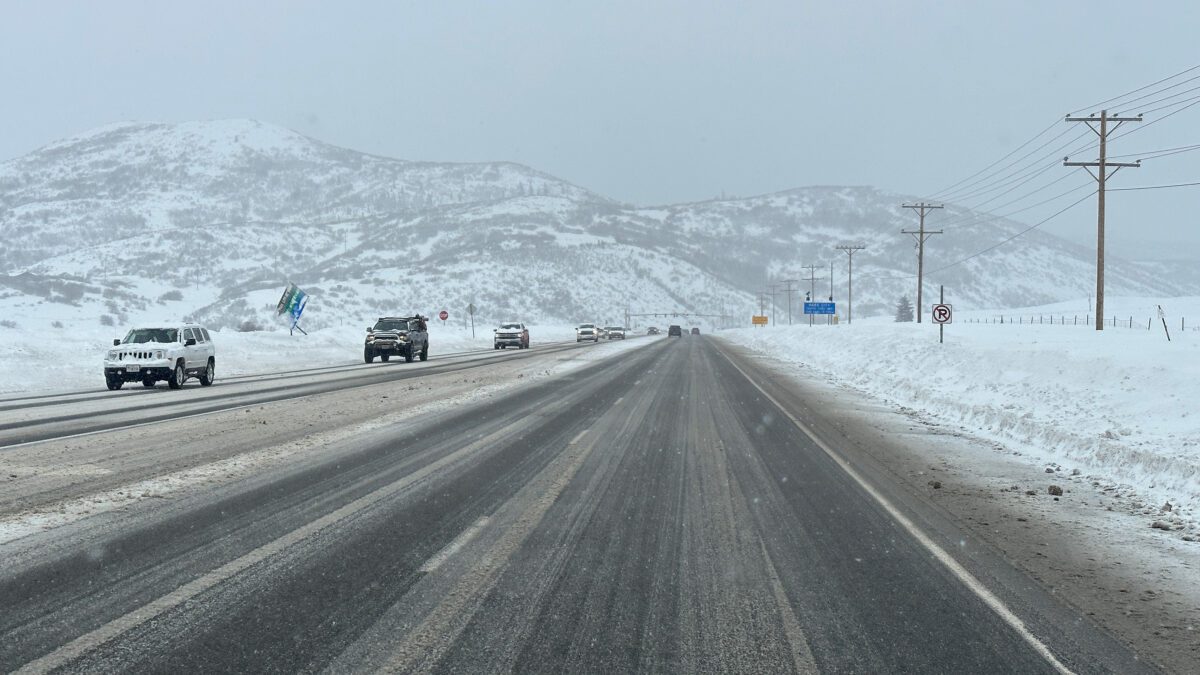Town & County
From flex lanes to light rail: Park City studies SR-248 options

State Route 248 is looking to have some transit upgrades in the coming years. Photo: TownLift // Kevin Cody
PARK CITY, Utah – Park City officials are exploring four transit options for State Route 248 to address increasing traffic demands, congestion concerns, and future growth along one of the city’s major corridors.
“This corridor has been studied for the better part of two and a half decades now,” said Conor Campobasso during a special council meeting on Dec. 6. “Back in 2009, UDOT kicked off their study to look at different alternatives for the corridor. It led to a capacity widening project for cars. I think unanimously, the city and the county did not want to see that move forward. So, we decided to look at the corridor with a different lens and take a look at different transit options. And that’s kind of the direction that we’ve been moving forward with.”
The ‘Re-create 248’ transit study builds on previous corridor analyses that explored various transportation modes, including bus lanes and high-occupancy vehicle lanes. Recent investments in corridor infrastructure, such as shoulder reconstructions to accommodate bus service, have shown promise with positive community feedback. These improvements are part of the city’s broader short-range transit plan and park-and-ride strategy.
The city sees multiple pressures driving the need for changes. Population and job growth are increasing traffic throughout the corridor, while unreliable transit travel times due to congestion continue to frustrate residents and visitors alike. The city’s limited parking capacity downtown presents an ongoing challenge, and considerations for the upcoming 2034 Winter Olympics add urgency to finding sustainable transit solutions.
Of the four options advancing for further study, reversible flex lanes could utilize existing infrastructure by changing traffic flow directions based on peak travel times. Dedicated bus lanes would create space specifically for transit vehicles, potentially improving reliability. Light rail or streetcar options remain under consideration, while automated guideway transit – described as systems similar to airport-style monorails – rounds out the possibilities.
“With a lot of these, when you talk about light rail — dedicated bus lanes — there’s a ton of examples, and we can pull from those to see how effective they work,” Campobasso said.
The council opted to postpone public engagement until more detailed analysis is complete. “We want to be as informed as possible. We want to make sure that we have some idea of the impacts of these modes,” Campobasso said.
City staff will begin technical analysis immediately, with plans to present findings to the public between January and March 2025. The council emphasized the need to understand major implications of each option before launching broader public discussions.


















